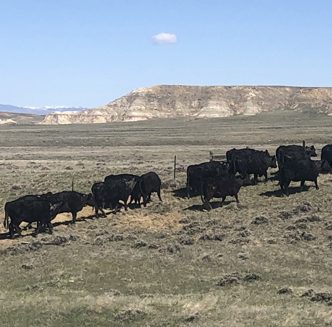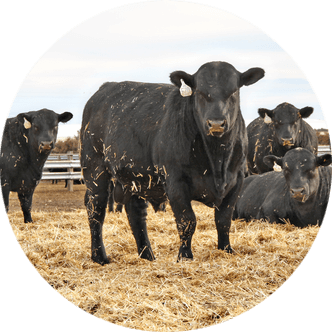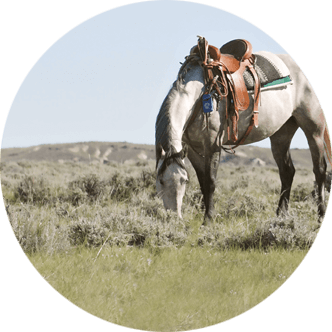Stars, stripes and strawberries: What’s in season for a farm-fresh fourth in the Mountain West?
As vibrant fireworks light up the big Western sky, rural families across Wyoming and beyond will gather for the kind of Fourth of July celebration only farm and ranch country can truly deliver.
There will be home-grown meat on the grill, kids and dogs chasing each other around a wide-open yard, a cooler full of cold ones and, in some cases, fresh produce lining the table.
While many Americans will likely enjoy their Fourth of July bounty without thinking twice about where it came from, it’s important to remember freedom is fed by agriculture and the West serves up plenty.
Red: Berries and summer starts
In the high plains and mountain valleys of the West, strawberries are generally considered one of the first fruits to ripen, and if the frost cooperates, they’re often ready just in time for the Fourth of July.
Because of Wyoming’s harsher climate and shorter growing season, berry patches are limited and localized. However, small farms in milder areas such as Sheridan, Powell and Torrington harvest enough berries to grace farmers’ markets and roadside stands before the big holiday.
Additionally, some raspberry varieties have proven to bear fruit twice a season, with an initial harvest in mid-summer, while the American plum, native to Wyoming, blooms from late April to early May and is often ready to eat by Independence Day.
According to Wyoming Farm to Table, other early-blooming produce in the Cowboy State includes arugula, asparagus, beets, broccoli, cabbage, carrots, chard, cherries, cilantro, green onions, leafy greens, kale, lettuce, mushrooms, parsley, peas, peppers, radishes, rhubarb and spinach.
In neighboring states, u-pick berry farms thrive in Idaho’s Treasure Valley, northern Utah and western Colorado’s fruit belt. Montana’s Flathead region is also known for its seasonal fruit, including strawberries and cherries, which often ripen just in time to top a flag cake or fill a homemade pie.
While blueberries are less common in Wyoming due to the climate, some higher-elevation farms on Colorado’s Western Slope or in southern Utah manage limited harvests.
White: Dairy, grains, corn and potatoes
In addition to the whipped cream on the strawberry shortcake, white represents essential staples produced across the region.
Dairy farms in Idaho, Utah and western Nebraska contribute to the butter, cream and cheeses gracing many tables on Independence Day.
Often slathered in butter, corn is one of the most significant crops produced in Wyoming, generating about $30 million annually according to 2024 data published by the U.S. Department of Agriculture’s National Agricultural Statistics Service.
Meanwhile, the hard white wheat grown across the plains of Montana and South Dakota is milled into hamburger buns, sandwich rolls and holiday desserts.
And the humble potato – grown in abundance in Idaho and western Colorado – makes its way into a plethora of side dishes at holiday gatherings all across the West.
Blue: Big skies and barbecue smoke
The main course for many Fourth of July feasts will likely be ranch-raised beef sizzling on the grill, much of it produced in the heart of the Mountain West.
In fact, Wyoming, Montana, Nebraska, Colorado and South Dakota are all among the top beef-producing states, and chances are, if there is a burger on the plate in rural America, it likely came from close to home.
Nationwide, over 74 million Americans plan to fire up their grill on the Fourth of July, with 85 percent preferring burgers, 80 percent opting for steak, 79 percent cooking up hotdogs and 73 percent choosing chicken.
More specifically, RFD-TV notes Americans buy roughly 190 million pounds of red meat and pork for the holiday, as well as 750 million pounds of chicken and 150 million hotdogs.
Many beef hotdogs, steaks and burgers are sourced from Texas, Nebraska and Kansas, while chicken likely comes from Georgia, Arkansas, North Carolina, Alabama, Mississippi and Texas.
Hannah Bugas is the managing editor of the Wyoming Livestock Roundup. Send comments on this article to roundup@wylr.net.





